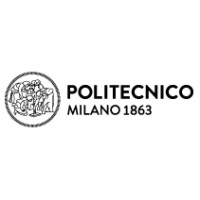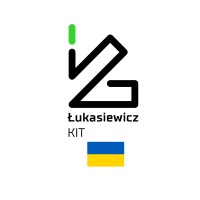Status
In progress
Description
Sustainability and Resilience for Infraestructure and Logistic network - SARIL
The
aim of the project is to promote the resilience of European freight transport
to recent disruptions in transport networks.
The
project aims to extend conventional resilience analyses focused on the
functionality and efficiency of processes and systems to environmental aspects,
mainly carbon emissions.
The
approach focuses on an investigation around three scenarios: regional, national
and global. Each of the scenarios will address different threats and
disruptions to different types of transportation networks, including
cyber-attacks on a regional scale, climate change-derived phenomena on a national
scale, and events generated from the Covid 19 pandemic and war in Ukraine on a
global scale.
The
results of this research will help predict future threats that may affect the
logistics function. Different measures will be evaluated to mitigate such
threats and any kind of disruption that may influence the current functioning
of transport networks (lack of carriers, extreme weather events, sea level
rise...). Finally, a set of recommendations will be elaborated with measures
that allow us to efficiently mitigate disturbances, as well as regulatory
measures that promote alternatives with a lower environmental impact.
Simulation models developed by partners with extensive experience in resilience and sustainability will be used.
Objectives
SARIL
aims to achieve the following three innovations:
- Developing a holistic modelling concept of the European transportation network by connecting three scenarios at different geographical scales.
- Establishing a “green resilience” management including safety and security aspects for logistics.
- Evaluating and developing new mitigation measures, employing simulations to predict their effectiveness.
Expected impact
Application of synchro-modal
principles in logistics management:
Combining information about
disruptions and their effects on the logistics network with the use of
synchro-modal principles for logistics management. Movement of charge will be
effective, despite disruptions. Key results will be: reduced queues due to
redirected cargo flows and delays of cargo deliveries kept to a minimum.
State-of-the-art analysis of risks
and mitigation measures for logistics:
The project collects the
perspectives of several different stakeholders on relevant risks for the
logistics network in context of the SARILscenarios. Additionally, mitigation
measures are collected. All contributing stakeholder (and other interested
parties) will benefit from this analysis by seeing different perspectives on
the logistic network.
Interconnected analysis of scenarios
at different geographical scales:
The SARILscenarios consider
different geographical scales. This makes the complicated logistics network
more accessible since each scenario focuses on different aspects. Still, by
interconnecting the observations for the SARILscenarios, the overall picture
will still allow for statements on the full logistical network. Stakeholders
(and others) will benefit from this organized approach since it will improve
their understanding of the overall logistics network.
Modelling of logistics network with
risks and mitigation options:
The project constructs models of the
logistics network (with risks and mitigation options) which will be used to
assess the green resilience for different events with varying bounding
conditions (which mitigation measure is applied, how fast is it implemented
etc). Stakeholders (and other interested parties) will benefit from these
predictions by comparing them to their own expectation.
Collection of possible future risk
mitigation measures:
The project also collects possible
innovative mitigation measures which might be implemented to make the logistics
network more resilient and also more sustainable. This list of innovative
measures can support logistics operators to refine their operations to tackle
disturbances.
Derivation of a green resilience
definition:
By inspecting the environmental
burden of risk mitigation measures and by proposing strategies to support green
solutions, the project can support the transition of the logistics network to
greener solutions.
Construction of prototypical
scenarios:
The SARILscenarios at different geographical scales can be seen as prototypical studies of the diverse challenges the logistics network is facing. Due to this prototypical aspect, the scenarios can be used in future from different parties to re-assess the logistics’ green resilience.
Contribution
- Green Port: promotes the efficiency of processes and systems taking into account environmental aspects, mainly carbon emissions.
- Innovative Port: integrates an ecosystem of knowledge, transfer, entrepreneurship and R&D&I, fostering a culture of innovation, resilience and sustainability in the transportation and logistics sector.
- Connected Port: improves logistics and transport coordination and efficiency by promoting the resilience of European freight transport.
Project funded by the EU Horizon-RIA












